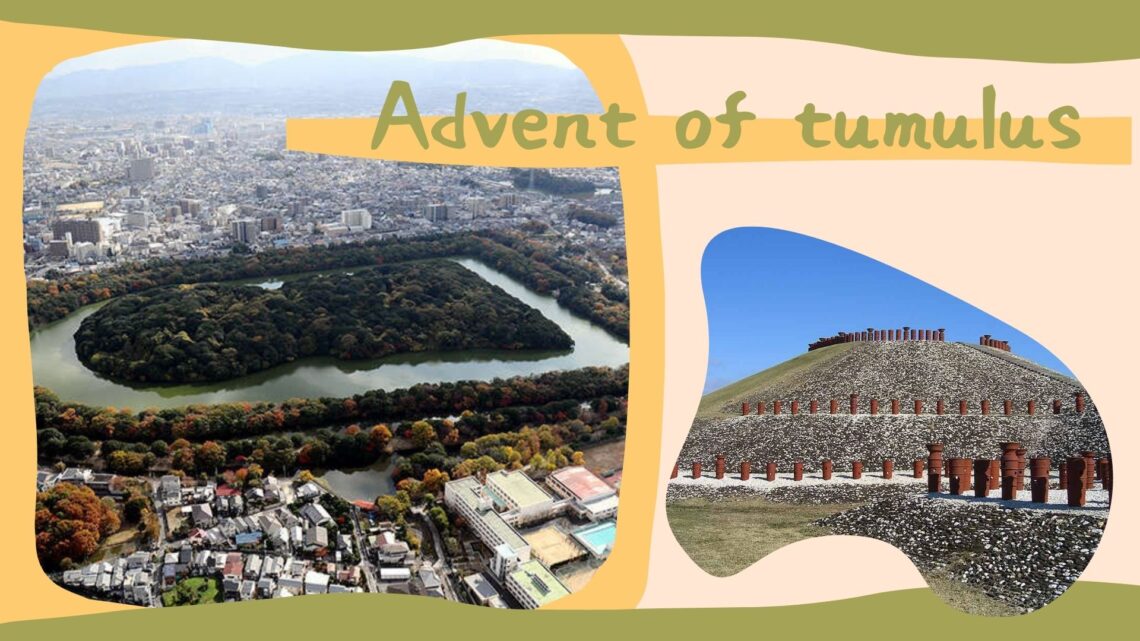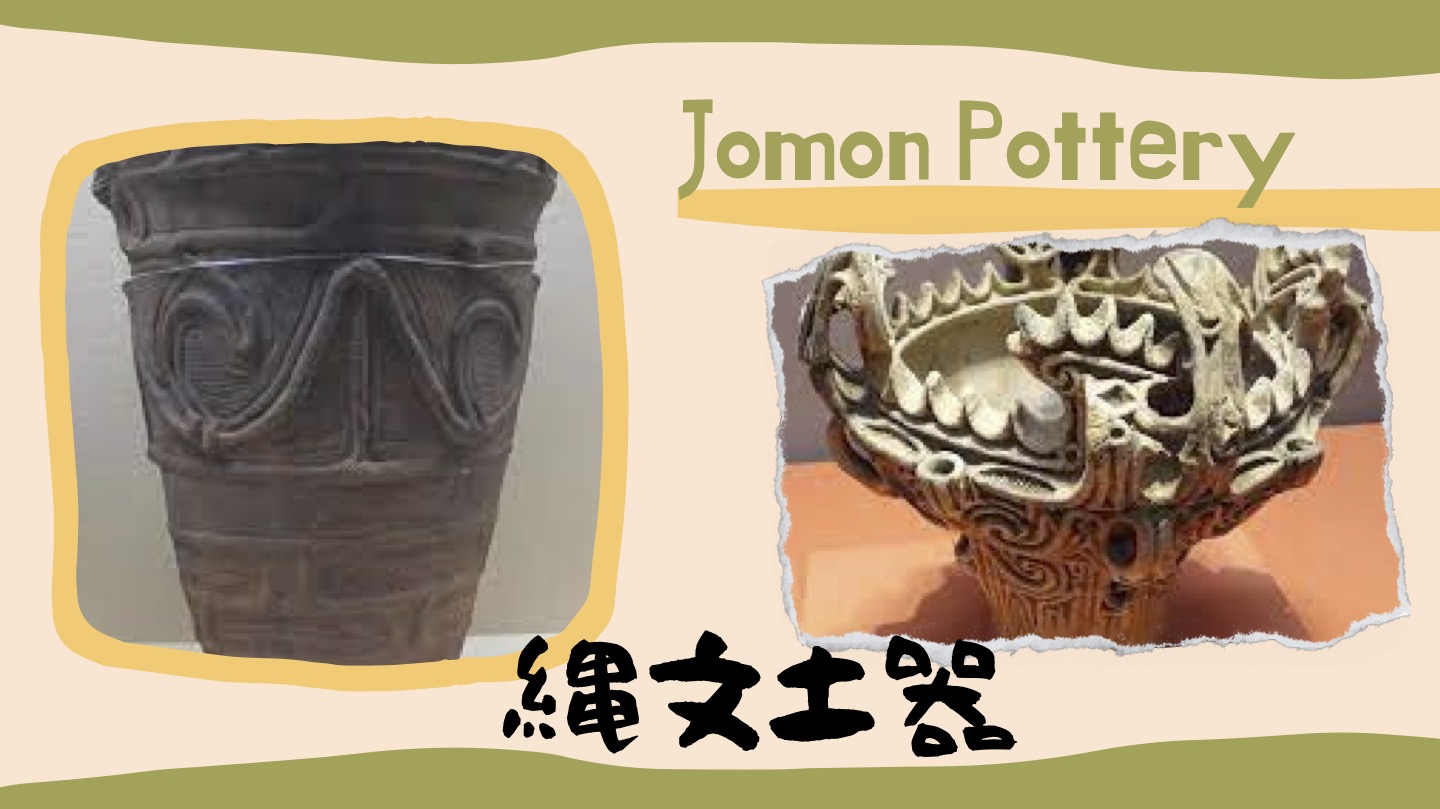
#03 The Kofun Period
Click here to go to the YouTube video
From the latter half of the 3rd century, ancient burial mounds, or kofun, began to appear, mainly in western Japan. The Kofun Period occurred up to around the 6th century, when many burial mounds were actively created. Kofuns are the tombs of powerful families who were the rulers of various regions. The Daisen Kofun in Sakai City, Osaka Prefecture, is the largest tomb in the world in terms of area. It is thought that powerful forces emerged in the Kinki region, where particularly large tombs were built.
The top of the tomb was lined with pottery known as haniwa. Many items were placed inside the coffin including: the body, mirrors, jade beads, and armor. These items unearthed from the burial mounds give us an idea of how society changed over time.
The powerful clans of the Kinki region eventually formed a coalition around the Great King and created the Yamato regime. An Iron sword and an iron katana sword inscribed with the name of the same great king, Wakatakeru, have been found in the Inariyama Kofun in Saitama Prefecture and the Eta Funayama Kofun in Kumamoto Prefecture. This shows that by the latter half of the 5th century, the Yamato regime had a wide range of powerful clans under its control.
The great kings of the Yamato regime actively interacted and fought wars with the countries of the Korean Peninsula in search of iron resources and advanced technology. To gain an advantageous position, they sent messengers to China many times. In Chinese history books, five kings are mentioned to have come to China from Japan. Wakatakeru, whose name was engraved on the iron swords, appeared in the history books as a Japanese king Bu. Bu is thought to be the same person as Emperor Yuryaku. So all three names were for the same person!
As exchange with the continent flourished, the people who moved to Japan from the Korean Peninsula brought with them a variety of continental cultures. These cultures had a great impact on the way Japanese people lived and thought.
A Short Summary
- First, from the latter half of the 3rd century to around the 6th century, tumuli began to be built all over the country.
- Second, the powerful clans centered in Yamato formed a coalition around a great king to form the Yamato regime.
- Thirdly, as exchange with the continent increased, the people who came to Japan brought the culture of the continent to Japan.




